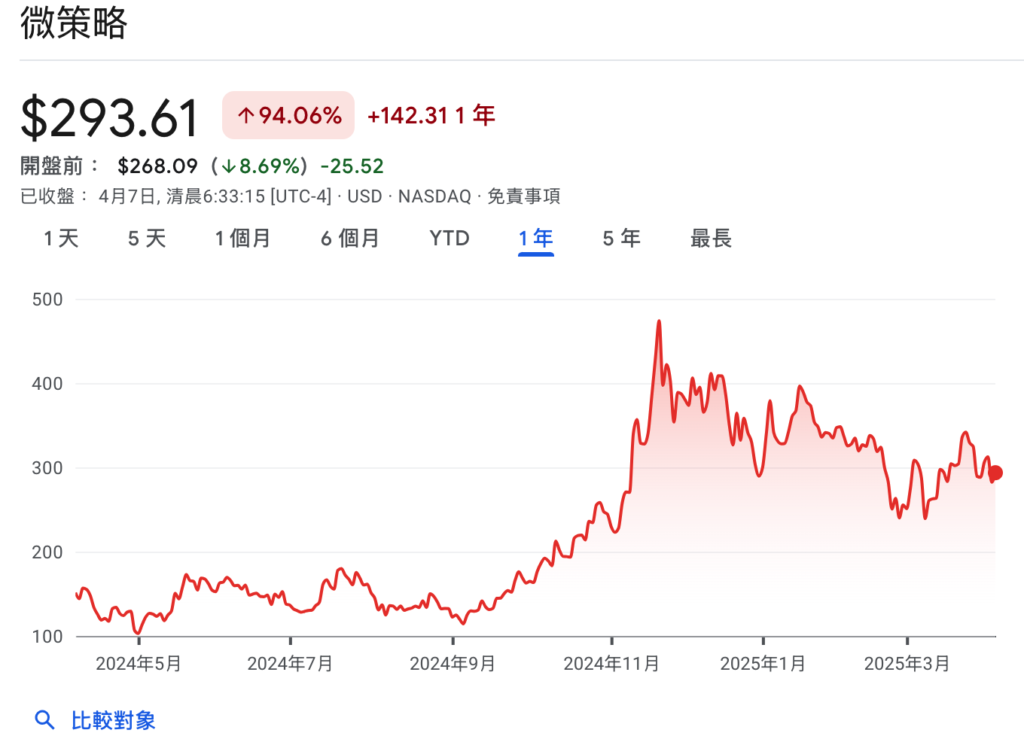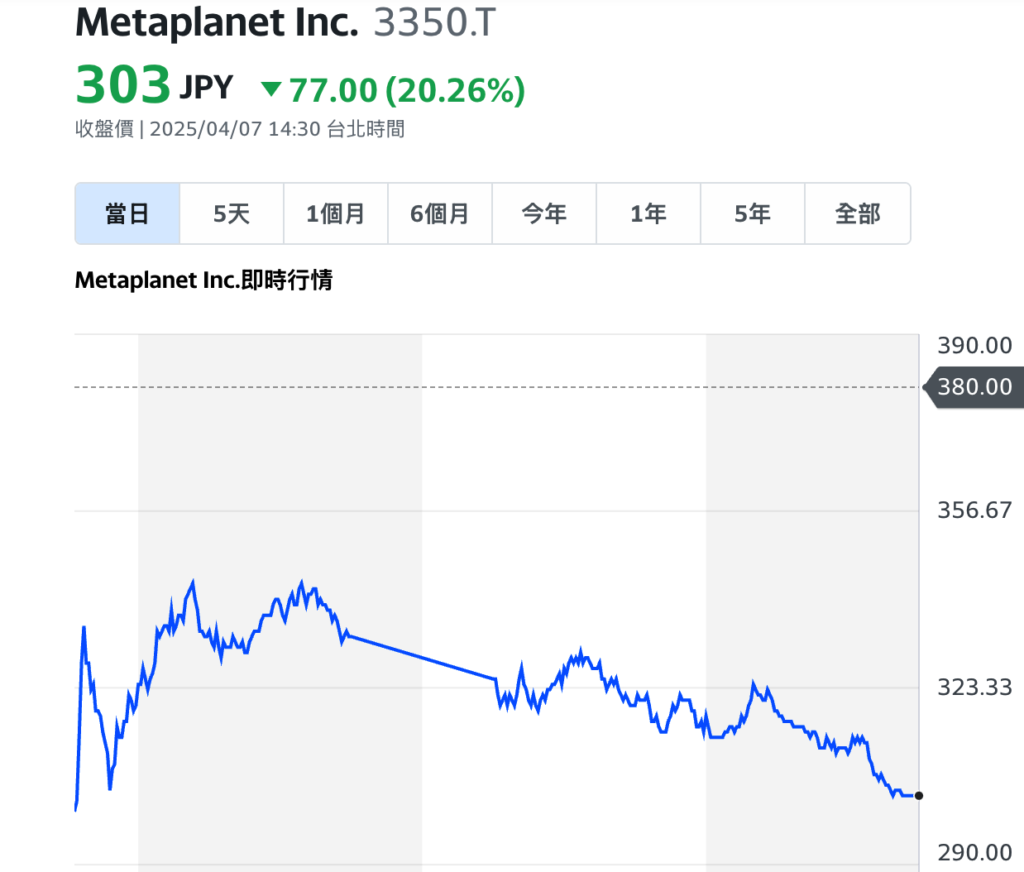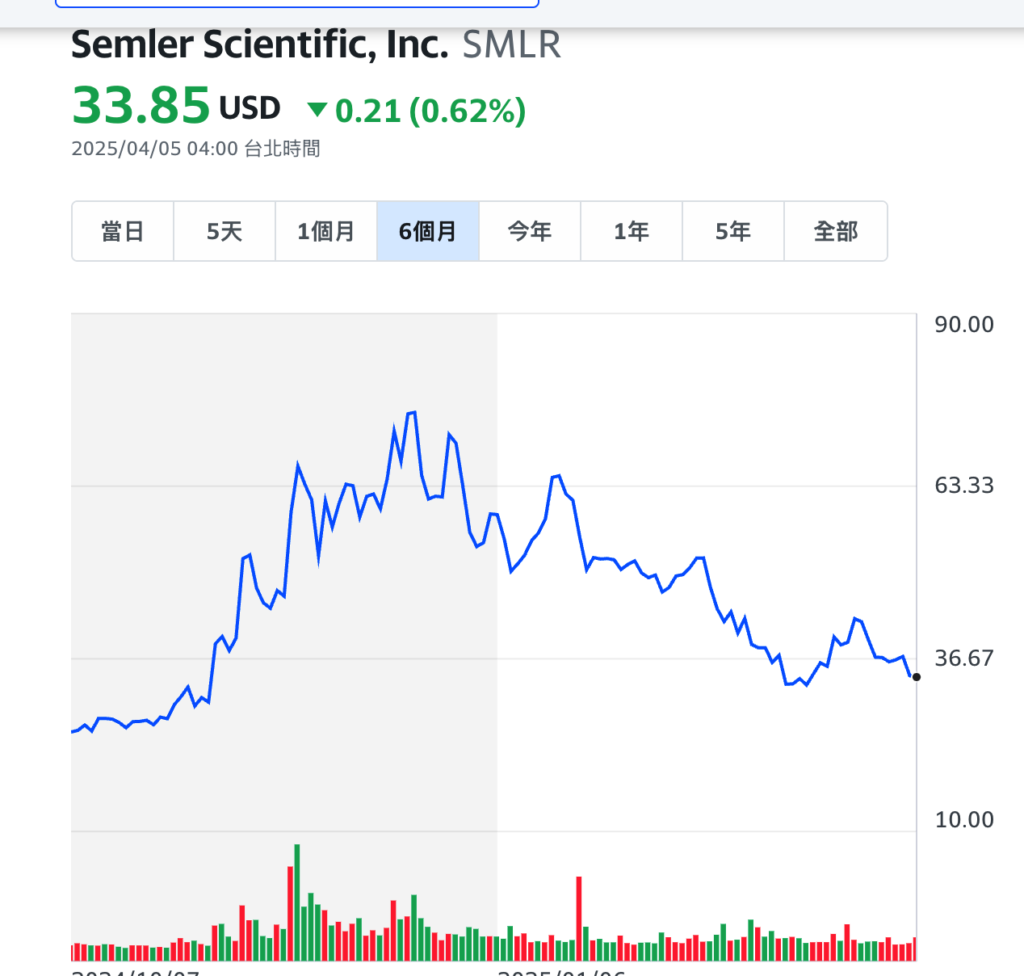The cryptocurrency market has recently been turbulent, with Bitcoin (BTC) price experiencing a significant decline, dropping over 30% from its January high and recently touching around $74,500, the lowest level in the past five months, putting severe pressure on listed companies that view Bitcoin as a key asset or core strategy.
Companies like Japan's Metaplanet Inc. and US-based Semler Scientific Inc. saw their stock prices plummet. Metaplanet dropped 20% in a single trading day (Monday), while Semler Scientific's stock has fallen 38% year-to-date. In contrast, MicroStrategy (MSTR), the earliest and largest Bitcoin-holding enterprise pioneer, though also affected, has only slightly declined 2% year-to-date, showing relative resilience.
MicroStrategy: Early Low-Cost Advantage
Analyzing MicroStrategy's Bitcoin strategy reveals continued resilience, with stock prices still high compared to last year. According to the latest holdings data, MicroStrategy holds a total of 528,185 Bitcoins, which at the recent price of around $74,500, represents a total value of approximately $39.5 billion.
Despite Bitcoin's price drop from its peak, MicroStrategy's average purchase cost remains relatively low, at about $67,458 per Bitcoin, with a total investment cost of around $35.6 billion. This means the company still maintains an unrealized profit of about 10%, approximately $3.9 billion, on its Bitcoin investment. This can be attributed to its early and consistent Bitcoin purchasing strategy.
Market analysis also indicates that MicroStrategy's stock trades at a premium relative to its Bitcoin net asset value (mNAV), with its mNAV multiple slightly below 2, suggesting investors value not only its Bitcoin assets but also its core software business and founder Michael Saylor's long-term vision.
According to past CoinDesk research, even if Bitcoin's price falls below MicroStrategy's average cost, the company's short-term risk of forced liquidation is extremely low, as its core business remains profitable. Early positioning and strict cost control are key to maintaining profitability and mitigating market downturn risks.

Latecomers' Challenge: Metaplanet and Semler Scientific Challenge
Metaplanet
Unlike MicroStrategy's composure, other companies that followed the Bitcoin investment strategy later face a more severe situation. Japanese investment company Metaplanet Inc. is one of the recent enterprises actively emulating MicroStrategy's strategy, disclosing holdings of 4,206 Bitcoins with an average purchase cost of $88,800 per Bitcoin.
When Bitcoin's price dropped to $74,500, Metaplanet's Bitcoin investment was already experiencing about 15% unrealized losses. This directly reflected in its stock performance, with recent significant declines indicating market concerns about its high-cost strategy.
 Semler Scientific
Semler Scientific
Originally a medical technology company, Semler Scientific Inc. announced Bitcoin as its primary reserve asset and actively pursued acquisitions similar to MicroStrategy. Its average Bitcoin acquisition cost is around $87,854 per Bitcoin, also significantly higher than the current market price. With Bitcoin's price declining about 20% this year, Semler Scientific's stock has plummeted 38%, far exceeding MicroStrategy's decline.
These two companies' cases highlight the "latecomer disadvantage". They entered the market when Bitcoin prices were relatively high, lacking MicroStrategy's cost averaging, and thus are more vulnerable to market corrections in their asset balance sheets and stock prices. This also warns other companies considering Bitcoin as a corporate asset to carefully assess entry timing and prepare thoroughly for potential price fluctuations.

Bitcoin Strategy Double-Edged Sword: Forced Long-Term Hold, Short-Term Effects Not Matching Mid-Term Losses
Overall, incorporating Bitcoin into corporate balance sheets is undoubtedly a double-edged sword. Its attractiveness lies in Bitcoin being viewed as a potential inflation hedge and offering potentially higher returns than traditional assets, also allowing companies to attract short-term gains based on future business imagination.
On the other hand, its inherent high volatility brings significant risks. Bitcoin price fluctuations directly impact company financial statements, causing substantial quarterly profit and loss swings, increasing financial report complexity. This strategy may also raise concerns among traditional investors and regulatory bodies, potentially affecting the company's valuation stability.
In the near future, this correction may deter more potential corporate adopters, while capable enterprises will view it as an opportunity to "buy the dip", but in this zero-sum situation, it will only widen the gap between them. Therefore, small enterprises may need significant psychological preparation to adopt MicroStrategy's tactics.
The continued NAV premium of MicroStrategy's stock indicates that a portion of market investors are still willing to pay additional fees for such Bitcoin exposure. However, the challenges faced by later imitators like Metaplanet and Semler Scientific also remind business leaders that the execution cost of Bitcoin reserve strategies may be higher than imagined.
Currently, there are still not enough cases of Bitcoin reserve implementation. Therefore, MicroStrategy's low-quality imitators must consider that many enterprises lack the market strength of MicroStrategy, including business profitability, financing capabilities in primary and secondary markets, and integration and development capabilities in the Bitcoin ecosystem.
For subsequent latecomers like Metaplanet and Semler Scientific, the question remains: Can they survive through this Trump black swan event and continue to hold until market profitability faces potential market collapse? Will enterprises have resources to "diamond hand" long-term holdings? Or will they succumb to market and shareholder pressure, selling at a loss? Or will they have more financial options to use financial ammunition for financing and continue to lower their average cost at low points? This will become a classic case of Bitcoin reserves in the commercial market.







